A friend of mine asked if I’d made any Sephardic recipes. And I had to confess I had not, at least not consciously. There’s no doubt the Sephardic Jews have had a great influence on Spanish cuisine, so it’s entirely possible I’ve either made or eaten something from that tradition. Regardless I thought it would be fun to try some recipes. In my first exploration of Sephardic cuisine, I’ve made my best version of boyos de spinaca y cheso, which roughly translates to Spinach and Feta Pastry.
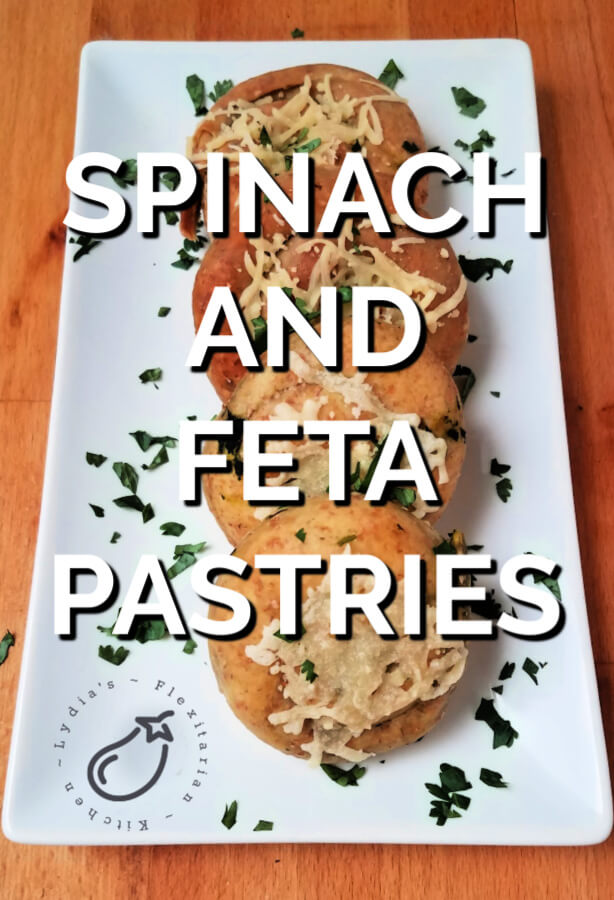
These little pastries feature a flaky dough stuffed with a spinach and feta filling. They make a wonderful snack or breakfast. Their size and shape make them perfect for on the go eating, too.
Who are the Sephardic Jews?
The Sephardi are the Jews who lived on the Iberian Peninsula in Europe. At the end of the 15th Century the monarchs of Spain and Portugal gave them a choice: convert to Catholicism, leave Spain and Portugal, or die.
Many chose to leave and settled in North Africa, France, Holland, Turkey, the New World, and other countries. Others converted, of course, and their family names are recognizable in Spain. Still others were outwardly Catholic but practiced as many Jewish customs as they could, and many of their traditional dishes have become comfort foods in Spain.
Their descendents have kept the food culture alive.
Not surprisingly, Sephardic cuisine is similar to traditional Spanish and North African food but served within the constraints of Jewish dietary customs. There are lots of salads, stuffed vegetables and leaves, fresh and dried fruits and legumes. Not to mention sweet desserts flavored with honey and lemon and savory pastries like the boyos prepared here.
About a boyo
I am sure my version isn’t anything like the traditional boyos. For one thing, I added whole wheat flour to my dough which is supposed to be stretched until it is almost paper thin. Even though I rolled my dough as thin as I could it was nowhere near as thin as some of the photos I came across while researching this recipe. As a result, the centers of my pastries were underdone. They were still pretty tasty. Rick and I enjoyed them warm and at room temperature.
In the end, I relied on recipes from a cookbook I found on Amazon, and a website called Jewish Global Cooking. In turn, the blogger linked to a Ladino language site called Savores de Siempre. Ladino is the language of the Sephardi. It’s very similar to classic Spanish, with Hebrew and Aramaic terms used as well. If you speak Spanish, read the Ladino phonetically and it will become easier to follow.
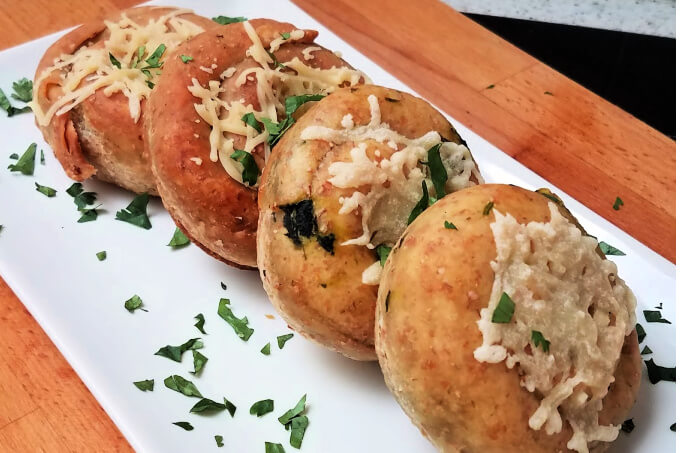
Ingredients
For the pastry
- 1 cup water
- 1 tablespoon lemon juice or white vinegar
- 1 tablespoon extra virgin olive oil
- 1 teaspoon salt
- 3 1/2 cups flour
- 1/3 cup plain olive oil OR vegetable oil for baking
For the filling
- 10 ounce pack frozen chopped spinach thawed and squeezed dry
- 4 ounces feta cheese
- 1/2 cup chopped fresh parsley
- 2 cloves garlic finely minced
- salt and pepper to taste
- 2 ounces grated cheese for topping (I used emmental)
Instructions
Make the dough
- Measure the flour and salt into your largest mixing bowl.
- Make a well in the center and add the lemon juice, 1 tablespoon of olive oil and most of the water.
- Mix the flour with the wet ingredients until a shaggy dough forms. Add small amounts of water as needed.
- Lightly flour your work surface and turn out the dough. Knead for 10 minutes or so or until the dough is smooth and elastic.
- Pour the remaining 1/3 cup of oil onto a rimmed baking sheet.
- Divide the dough into 12 (or more) portions, form into balls and place on the baking sheet. Turn each ball in the oil to coat.
- Cover and allow to rest at room temperature for at least an hour. (I came across another recipe that left them overnight)
Make the filling
- Be sure the spinach is squeezed dry then take a pair of kitchen scissors and chop into very small pieces.
- Add the chopped parsley and garlic.
- Crumble the feta cheese on top and gently mix it all together.
Form and bake the pastries
- Preheat the oven to 350°F/180°C and move the rack to the center of the oven.
- After the dough has rested lightly flour your work surface and rolling pin. Roll into a thin circle about 6 inches across. Then gently lift the dough and stretch it with your fingers until it is as thin as you can make it without tearing.
- Divide the filling into enough portions for each pastry. I use my fingers to divide it into quarters and then take roughly a third from each for the filling. It works out to between 1 and 2 tablespoons of filling each.
- Arrange the filling near one edge of the circle and roll it up cigar style. Use some water to seal the edges of the pastry, then use your fingers to roll the cigar back and forth on the counter to elongate it slightly and further seal the dough.
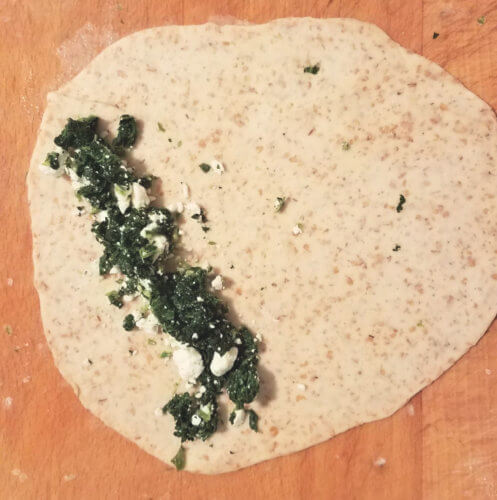
- Coil the dough into a spiral, using more water to seal the free end to the spiral. Flatten slightly and place it back on the baking sheet, again turning to coat with the oil
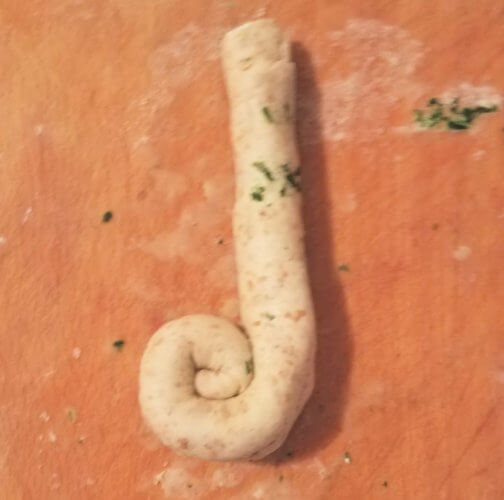
- Repeat for the remaining balls of dough. Top with the grated cheese.
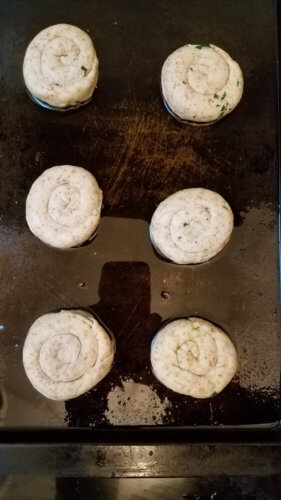
- Bake for 30 minutes or until the pastries are golden brown.
- Allow to cool before serving.
The method for making spinach and feta pastries reminds me of the Scallion Pancakes I make. As with these pastries, the dough is also rolled around the filling into a cigar shape and coiled, then flattened. I have a feeling that if I’d flattened my pastries into a larger shape the undercooked dough would not have been an issue.
Now that I’ve deliberately tried a Sephardic recipe, I’m sure I’ll find others to blog. If you have a particular favorite recipe, please share it on Lydia’s Flexitarian Kitchen’s facebook page or drop a link in the comments.

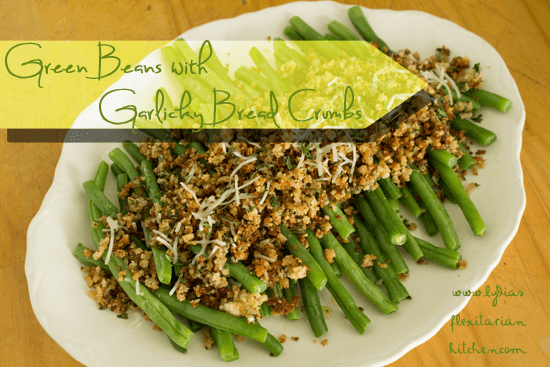
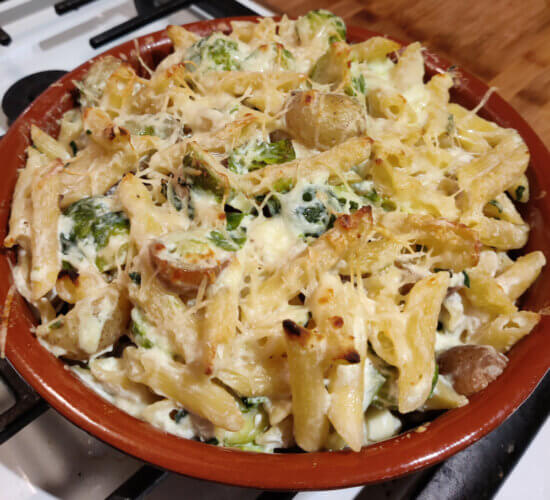
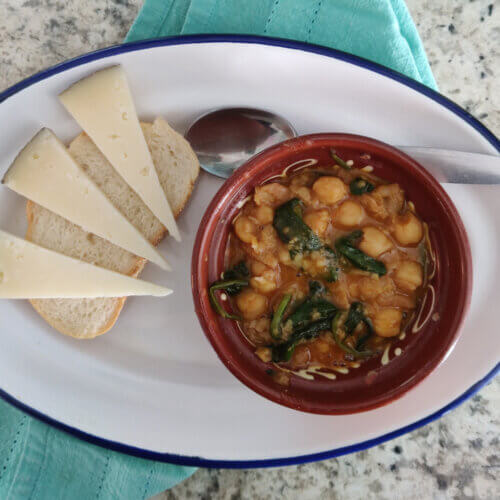
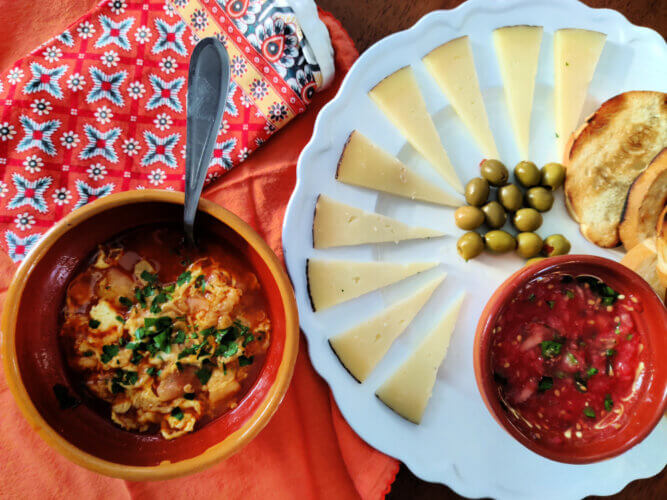
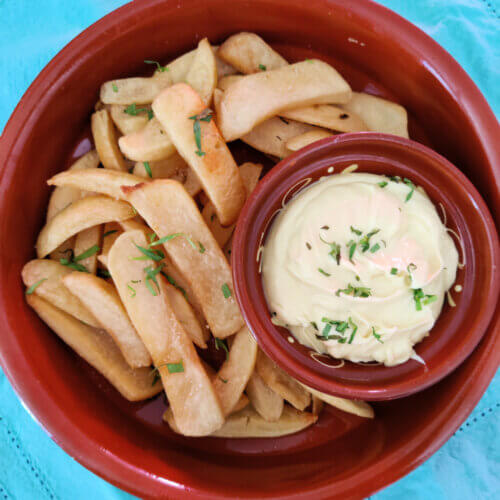
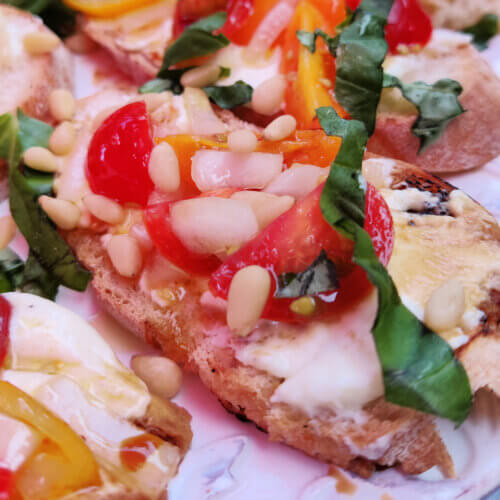
Leave a Reply